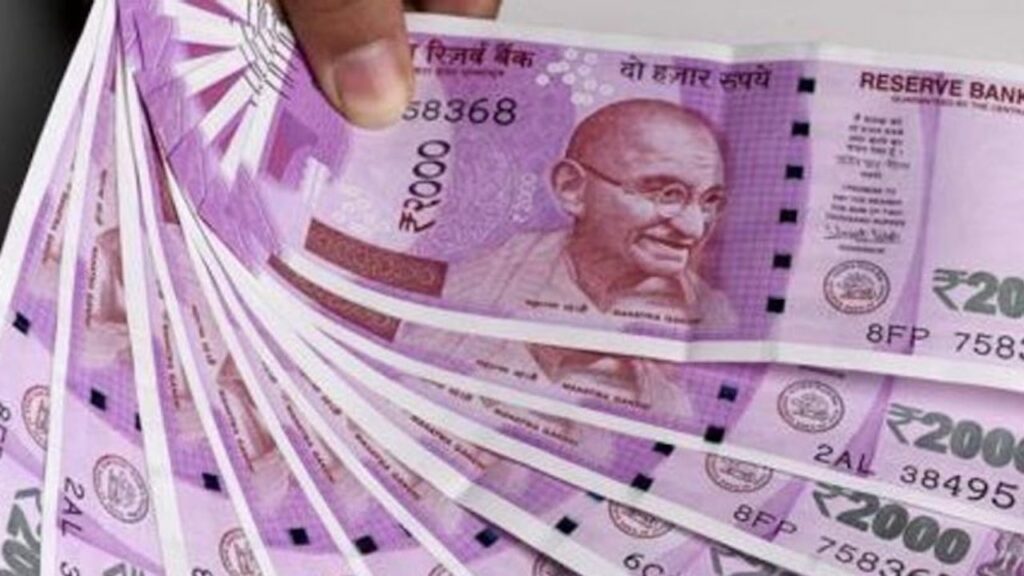In this story, we are going to throw light on the currency in circulation in the Indian context and its reported rise, but before deep diving into the numbers, let’s have a look at what exactly it means.

Now, in monetary economics, it is the value of currency or cash (banknotes and coins) that has ever been issued by the country’s monetary authority less the amount that has been removed.
In broader sense, it is the total money supply of a country, which can be defined in various ways, but always includes currency and also some types of bank deposits, such as deposits at call.
Currency in Circulation Goes Up!
Now, as per our finance minister Nirmala Sitharaman, the currency in circulation has gone up to Rs 31.33 lakh crore in March 2022, from Rs 13 lakh crore in 2014.
In Lok Sabha, she told that the currency in circulation, which includes bank notes and coins, to GDP ratio stood at 13.7 per cent as on March 25, 2022, up from 11.6 per cent as on March 2014.
However, as compared to Rs 16.63 lakh crore in March 2016, after the demonetisation, the cash in circulation had dipped to Rs 13.35 lakh crore as of March 2017.
Post that however the cash in circulation has been rising in the economy from Rs 18.29 lakh crore in March 2018 to Rs 21.36 lakh crore and Rs 24.47 lakh crore in March 2019 and March 2020, respectively.
The same was Rs 28.53 lakh crore and Rs 31.33 lakh crore at the end of March 2021 and 2022 respectively.
FM Sitharaman Speaks About Demonetisation
The FM said that “The mission of the government is to move towards a less cash economy to reduce generation and circulation of black money and to promote digital economy”.
Touching on the topic of demonetisation, the minister said that the purpose of the same was to contain the fake currency notes, to limit the usage of high denomination banknotes for storage of unaccounted wealth and to contain the rising level of using fake currency for financing subversive activities like drug trafficking and terrorism.













